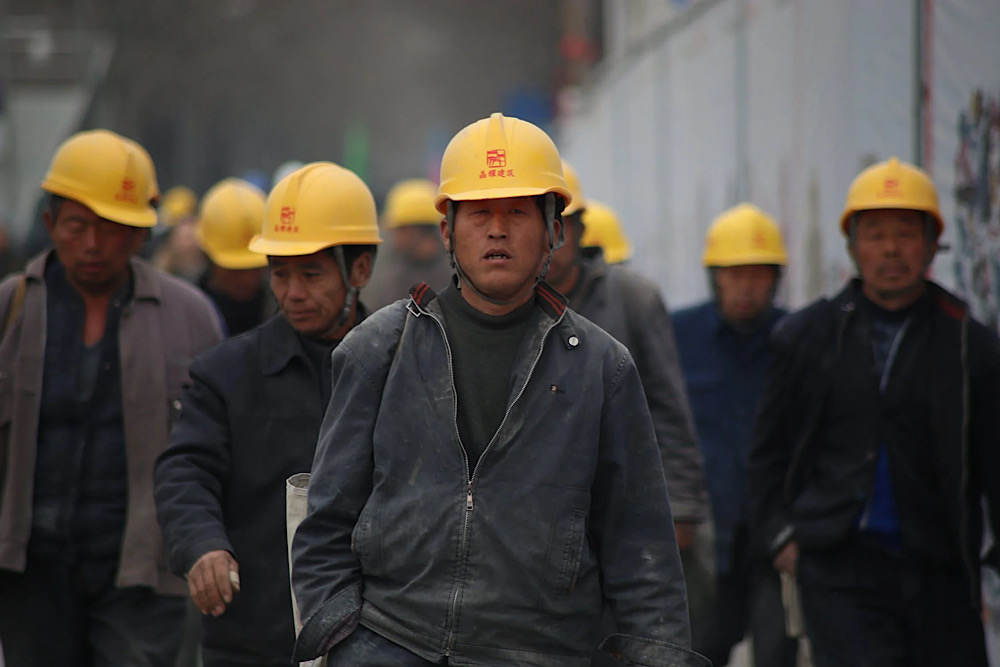Banks cut China's GDP growth forecasts, while Beijing cuts rates (and censors)
Data from the National Bureau of Statistics for May have set off immediate alarm bells among international financial institutions. The gloomy post-COVID economic outlook is worrying a population still marked by lockdowns and protests. As youth unemployment tops 20 per cent, the government scrubs critical facts and charts based on official data.
Beijing (AsiaNews) – Some of the most important international investment banks have revised downwards their expectations for China's gross domestic product (GDP) for 2023.
The latest data show that the post-COVID-19 economic recovery is lacklustre. According to China's National Bureau of Statistics, economic growth continues to slow, not least because retail sales and investment in long-term fixed assets are lower than expected. At the same time, youth unemployment has reached a record high of 20.8 per cent.
Faced with a deepening crisis, Chinese authorities have resorted to censoring news, data and infographics that show critical issues.
Given the situation, China’s central bank, the People's Bank of China (PBOC) today cut two key interest rates, the first time in 10 months, to support a slowing post-pandemic economic recovery.
The primary rate on one-year loans (LPR)[*] was lowered by 10 basis points to 3.55 per cent, while the five-year LPR rate was reduced by the same margin to 4.20 per cent (the first time since August).
According to some analysts, today's widely expected cut was "disappointing" for its "limited" scope.
After the May economic figures released by Chinese authorities, the main banks last Friday cut their estimates of Chinese GDP growth.
UBS economists lowered their forecasts for this year from 5.7 per cent to 5.2 per cent, as well as next year (5 per cent). Standard Chartered lowered its year-on-year growth forecast from 5.8 per cent to 5.4 per cent, trimming their second-quarter growth from 7 per cent to 5.8 per cent.
Previously, experts had predicted a rebound between April and June compared to last year, when the authorities in Beijing imposed a strict lockdown, which had a strong impact on the Chinese economy and society.
The Bank of America lowered its 2023 GDP growth forecast from 6.3 per cent to 5.7 per cent. JPMorgan cut its outlook for the current year from 5.9 per cent to 5.5 per cent, while Nomura cut its estimate from 5.5 per cent to 5.1 per cent.
In 2022, China posted 3 per cent growth, the lowest in 40 years, far below the 5.5 per cent target set by the government at the start of last year.
Investments in real estate in the first five months of this year slumped by 7.2 per cent. For economists, this might spill over into other sectors and lead to an L-shape recovery,[†] a worst-case scenario that could last for years.
The unemployment rate for 16-24-year-olds in May reached a record high of 20.8 per cent, a further increase of 0.4 per cent over April.
As soon as they were released, gloomy economic reports were censored. Last week, Sohu News, a Chinese news website, published a series of infographics to illustrate current social problems, based on official statistics, but they were quickly scrubbed.
The authorities are clearly unwilling to accept a negative narrative of the situation in a country still reeling from strict pandemic restrictions.
The unacceptable contents included negative demographic growth, over 20 per cent youth unemployment, 42.8 per cent increase in lawsuits against underage offenders, over 700 million people with monthly income of less than 2,614 yuan (US$ 365), 85 million disabled people, a 31 per cent risk of depression among the unemployed, etc.
With the world economy going through a slump and consumption declining in the United States and Europe, Chinese exports dropped considerably last month.
One consequence is that factories are laying off workers to save costs, sparking more and more unrest. Economists and human rights organisations have reported the highest number of strikes and protests in seven years.
Some factories have closed while others have failed to pay wages and redundancy benefits, causing labour action. The China Labour Bulletin recorded 140 strikes in the first five months of the year.
[*] Loan Prime Rate.
[†] This entails a steep recession, followed by a slow recovery.
16/07/2020 09:38







.png)










